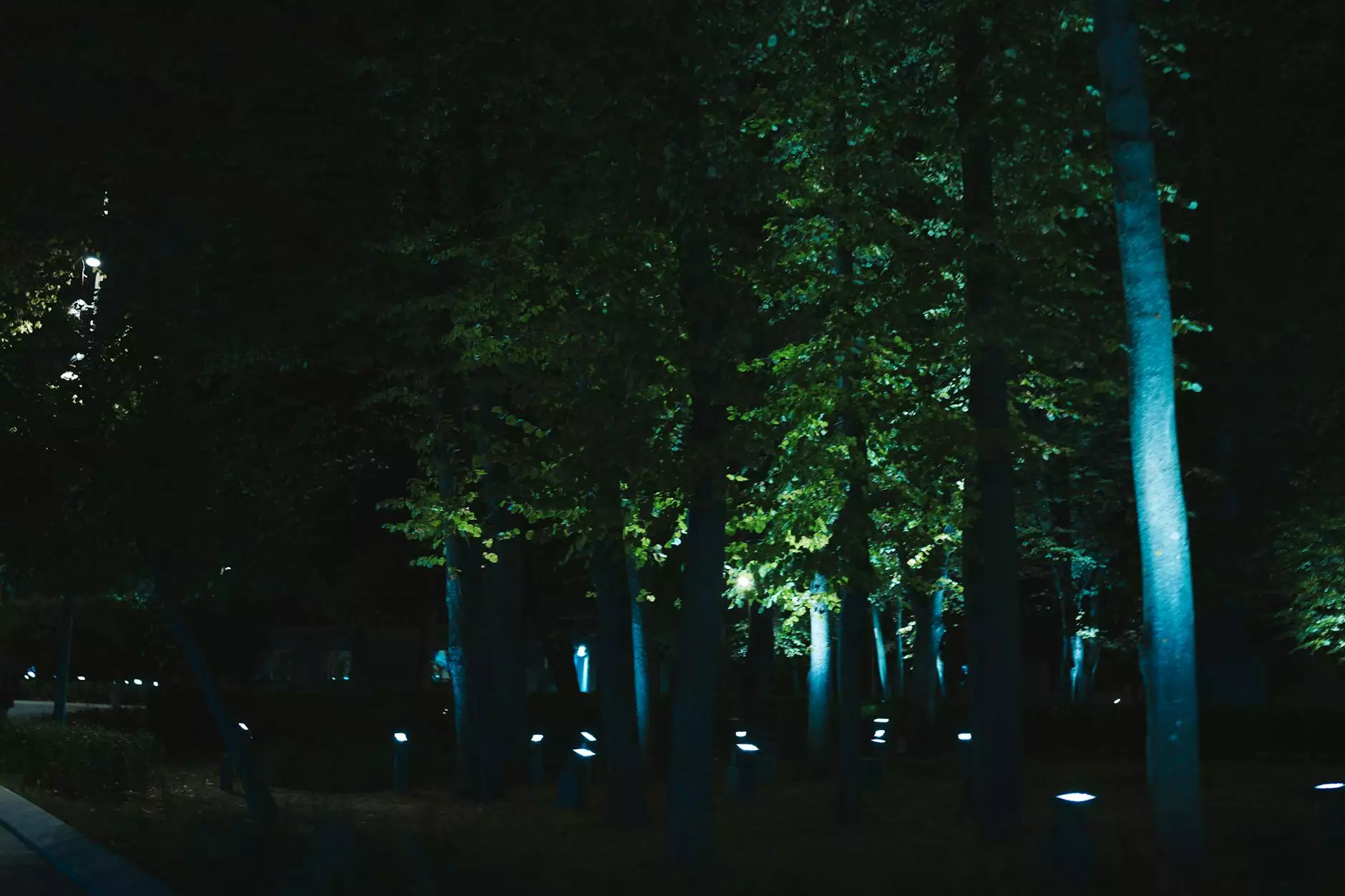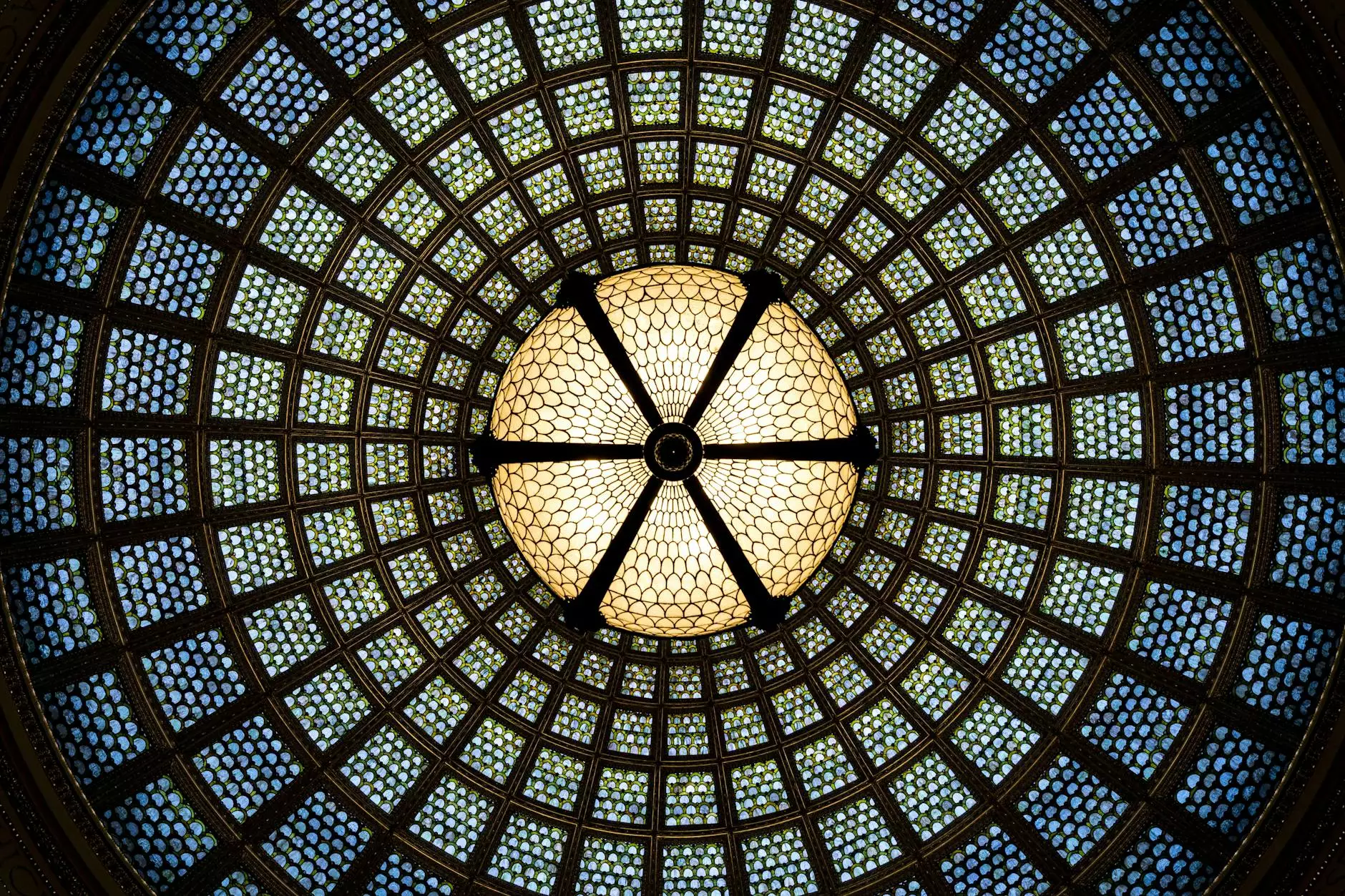The Core Principles of Human-Centric Lighting Design

Introduction
Video Technics is dedicated to providing cutting-edge lighting solutions that prioritize human well-being and productivity. In this article, we explore the core principles of human-centric lighting design and how they can be applied to enhance your space's lighting environment.
1. Understanding Human Circadian Rhythms
A crucial aspect of human-centric lighting design is understanding our natural circadian rhythms. Our bodies have evolved to align with the natural progression of light and dark throughout the day. By replicating these patterns, we can optimize our well-being and productivity.
1.1 The Impact of Light on Our Health
Light plays a critical role in regulating our cognitive performance, mood, sleep patterns, and overall health. Properly designed lighting systems can improve alertness, reduce eye strain, and foster a sense of well-being.
1.2 Lighting Color Temperature
Color temperature refers to the warmth or coolness of light, measured in Kelvin (K). Cooler light with higher Kelvin values (e.g., 5000K) mimics daylight and promotes focus and productivity during the day. Warmer light with lower Kelvin values (e.g., 2700K) signals our bodies to wind down in the evening, preparing us for restful sleep.
2. Dynamic Lighting Control
Dynamic lighting control enables the adjustment of light levels and color temperatures throughout the day to align with our natural circadian rhythms. By simulating natural daylight and its variations, we can optimize our biological response to light and enhance our well-being.
2.1 Personalized Lighting Experiences
Each individual has unique lighting preferences and sensitivities. Personalized lighting solutions allow for customized experiences to suit specific needs, whether it's maximizing productivity, promoting relaxation, or achieving the perfect lighting for artistic endeavors.
2.2 Smart Lighting Systems
Smart lighting systems integrate advanced technologies, such as sensors and automation, to create intuitive and responsive lighting environments. These systems can adapt to changing natural light conditions, occupancy, and user preferences, providing optimal lighting experiences at all times.
3. Incorporating Natural Elements
Integrating natural elements into indoor spaces can enhance the effects of human-centric lighting. Incorporating elements such as daylight, greenery, and natural materials creates a harmonious environment that promotes well-being.
3.1 Daylight Optimization
Maximizing the utilization of natural daylight through strategically placed windows, skylights, or light tubes can reduce reliance on artificial lighting and create a more visually pleasing and energy-efficient environment.
3.2 Biophilic Design
Biophilic design principles focus on incorporating nature into indoor spaces. Live plants, natural textures, and organic patterns can positively impact mood, cognitive function, and overall well-being.
4. Ergonomics and Task-Specific Lighting
Task-specific lighting ensures that lighting conditions are tailored to the specific activities performed in a space. This enhances visual comfort, reduces eye strain, and optimizes task performance.
4.1 Proper Light Levels
Providing appropriate light levels for various tasks is crucial. Reading areas may require higher-intensity lighting, while relaxation spaces may benefit from softer, ambient lighting.
4.2 Glare and Flicker Reduction
Glare and flickering lights can cause discomfort, eye strain, and even headaches. Human-centric lighting design aims to reduce these issues by utilizing glare-free lighting fixtures and minimizing flickering.
Conclusion
Incorporating the core principles of human-centric lighting design can transform your space into a haven that promotes well-being, productivity, and comfort. Video Technics, a leader in lighting solutions, offers state-of-the-art technologies and expertise to help you create an optimized lighting environment tailored to your needs.
Contact Video Technics today to explore how human-centric lighting design can benefit your space.










